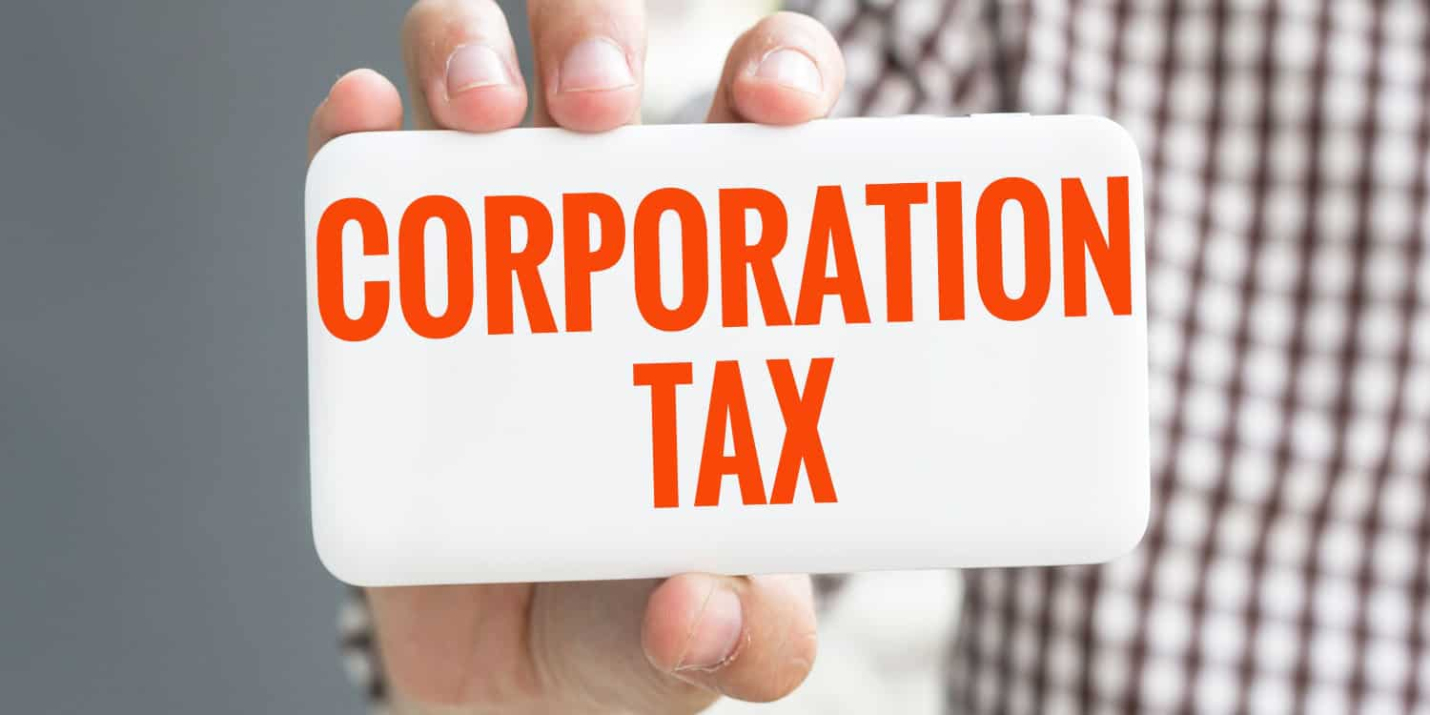Description

Copyright infringement not intended
Context: The government lost Rs 1 lakh crore in revenue in FY21 after the corporation tax rate cut.
Details
- In September 2019, the Indian government announced a major reform in its corporate tax policy, slashing the rates from 30% to 22% for existing companies and from 25% to 15% for new manufacturing firms. The move was aimed at boosting investment, employment and growth in the country's slowing economy. However, the latest data shows that the tax cut resulted in a significant loss of revenue for the government and did not have the desired impact on the investment cycle.
Background
- India's corporate tax rates were among the highest in the world before the reform. According to the World Bank, India's effective corporate tax rate in 2018 was 34.6%, compared to the global average of 23.2%. This made India less attractive to domestic and foreign investors, especially when other countries like China and Vietnam were offering lower rates and incentives.
- The government hoped that by reducing the tax burden on companies, it would encourage them to invest more in capital expenditure, research and development, and job creation. The tax cut was also seen as a response to the economic slowdown that India was facing since 2017. The GDP growth rate had fallen to a six-year low of 5% in the first quarter of FY20, and various indicators such as consumption, exports, industrial production and credit growth were showing signs of weakness.
- The tax reform was estimated to cost the government Rs 1.45 lakh crore in revenue foregone in FY20.

The 2019 tax reform had two main features:
- A reduction in the base corporate tax rate from 30% to 22% for companies that do not avail of any exemptions or incentives. This brought down the effective tax rate (including surcharges and cesses) from 34.94% to 25.17%.
- A lower tax rate of 15% (effective rate of 17.01%) for new domestic manufacturing companies that are incorporated on or after October 1, 2019, and start production before March 31, 2023. These companies should not avail of any exemptions or incentives either.
- The tax reform also abolished the minimum alternate tax (MAT) of 18.5% for companies opting for the new rates. MAT is a levy imposed on companies that pay less than a certain percentage of their income as tax due to various deductions and exemptions.
Expected benefits of the 2019 tax reform
- Improving India's competitiveness and attractiveness as an investment destination, especially for manufacturing sectors.
- Enhancing the profitability and cash flows of companies, enabling them to reinvest more in their businesses.
- Stimulating demand and consumption by increasing the disposable income of consumers.
- Reviving the spirits of entrepreneurs and boosting their confidence and optimism.
- Supporting the government's Make in India initiative and creating more employment opportunities.
- Aligning India's tax policy with global standards and best practices.
The government taken several measures to complement the tax reform and revive the economy
- Announcing a Rs 20 lakh crore stimulus package in May 2020 to mitigate the impact of the COVID-19 pandemic on various sectors and segments of society.
- Launching a production-linked incentive (PLI) scheme for 13 sectors to boost manufacturing and exports.
- Introducing a new labour code to simplify and rationalize labour laws and regulations.
- Undertaking various reforms in banking, infrastructure, power, mining, defence and other sectors.
Challenges faced by the 2019 reform
- The timing and the magnitude of the tax cut were not optimal, as the economy was already facing a demand slowdown and a liquidity crunch. The tax cut did not address these issues directly and instead relied on the supply-side response of the companies.
- The tax cut was not accompanied by a rationalization or removal of the existing exemptions and incentives, which created a dual tax regime and increased the complexity and compliance burden for the taxpayers.
- The tax cut was not sufficient to offset the impact of other factors that affect investment decisions, such as land acquisition, environmental clearance, labour laws, infrastructure, governance, ease of doing business, etc.
- The tax cut was not well communicated and marketed to potential investors, especially foreign ones, who were unaware or sceptical of the benefits and stability of the new regime.
- The tax cut was overshadowed by the outbreak of the COVID-19 pandemic, which disrupted economic activity and sentiment across the world and forced many companies to defer or cancel their investment plans.
The government needs to take further steps to ensure that the tax reform achieves its objectives and contributes to economic recovery and growth.

Way forward
- Reviewing and rationalizing the existing exemptions and incentives, and gradually phasing them out to create a uniform and simplified tax regime.
- Enhancing the communication and outreach strategy to showcase the advantages and opportunities of investing in India under the new tax regime.
- Addressing the other bottlenecks and challenges that hamper investment, such as land acquisition, environmental clearance, labour laws, infrastructure, governance, ease of doing business, etc.
- Providing more fiscal support and stimulus to boost demand and consumption in the economy.
- Monitoring and evaluating the impact and effectiveness of the tax reform and making necessary adjustments and modifications as per the changing circumstances and feedback.
Must-Read Articles:
MINIMUM TAX ON BIG BUSINESSES: https://www.iasgyan.in/daily-current-affairs/minimum-tax-on-big-businesses
DIRECT TAXES: https://www.iasgyan.in/daily-current-affairs/direct-taxes-36
|
PRACTICE QUESTION
Q. What are the implications of lowering corporate tax rates, and how might this decision affect economic growth and government revenue? Furthermore, what challenges might arise from such a reduction, and what strategies can be employed to navigate these challenges while ensuring sustainable economic development?
|
https://indianexpress.com/article/business/govt-lost-rs-1-lakh-crore-revenue-in-fy21-after-corporation-tax-rate-cut-8882971/













